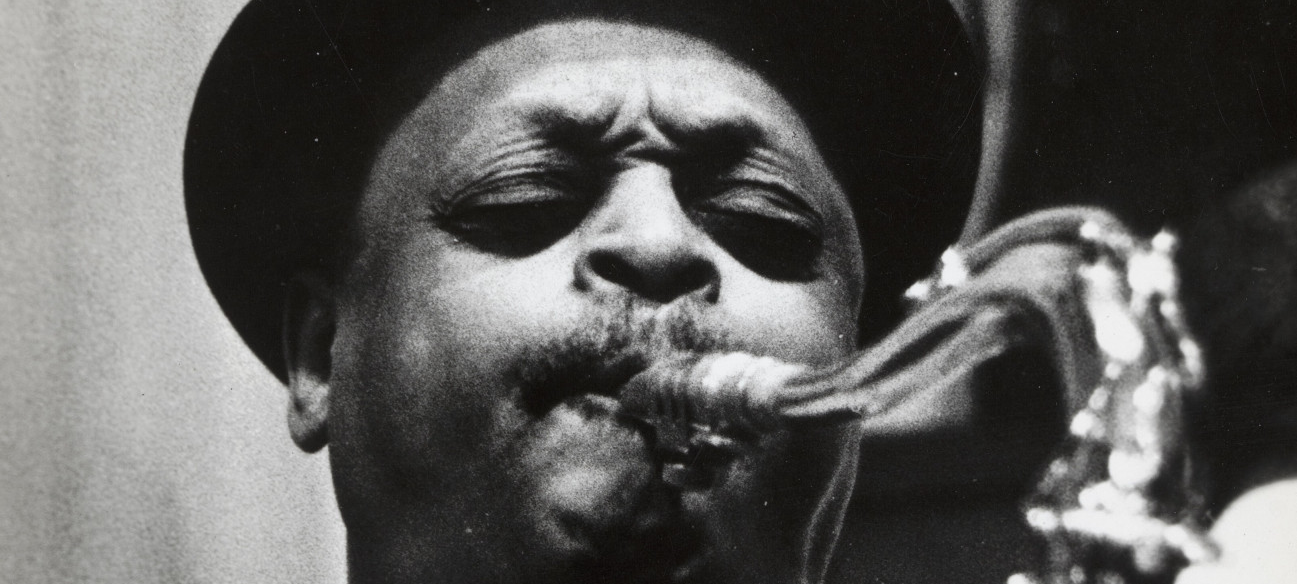My written introduction to the screening of Celluloid Underground at UnArchive Found Footage Fest in Rome, read out by Alina Marazzi. – EK
* * *
This is a film about an underground film collector, Ahmad Jorghanian. He was my friend. But I didn’t know how to tell his story. I tried ten years ago – and I failed. I abandoned the project altogether until, five years ago, I began having recurrent nightmares. They helped me get back on track and try to make the film again.
When you have one layer of a story and don’t know how to deal with it – don’t deal with it; Just add another layer. I ended up adding layer after layer: there is Ahmad; there is me on the screen, which I can’t bear; there is the history of film culture in Iran from two different angles – pre- and post-revolutionary; there is the story of the banned movie star Fardin; there is the history of film formats, from 35mm to digital; the story is also told through movie posters, in which I am The Son of Dr. Jekyll; and there is the story of an East London neighbourhood where Hitchcock was born.
The film was shot over the course of 25 years, in many different formats. I was in the business of creating an imaginary map of the world – of people and things I liked – without any immediate plans to turn them into a film. Among the things I like, and that made this film, are: Omar Khayyam, John Berger, coffee, Shahla Riahi (the first woman to direct a film in Iran), jazz, Luigi Comencini, trees, the recently murdered filmmaker Dariush Mehrjui, trains, Enrico Ghezzi, walks, Ebrahim Golestan, more trees, Chris Marker, Ana Mariscal. Some of the lines in the film are stolen from them. When you hear “the chaos of memories,” that’s not me. That’s Walter Benjamin.



.jpg)






